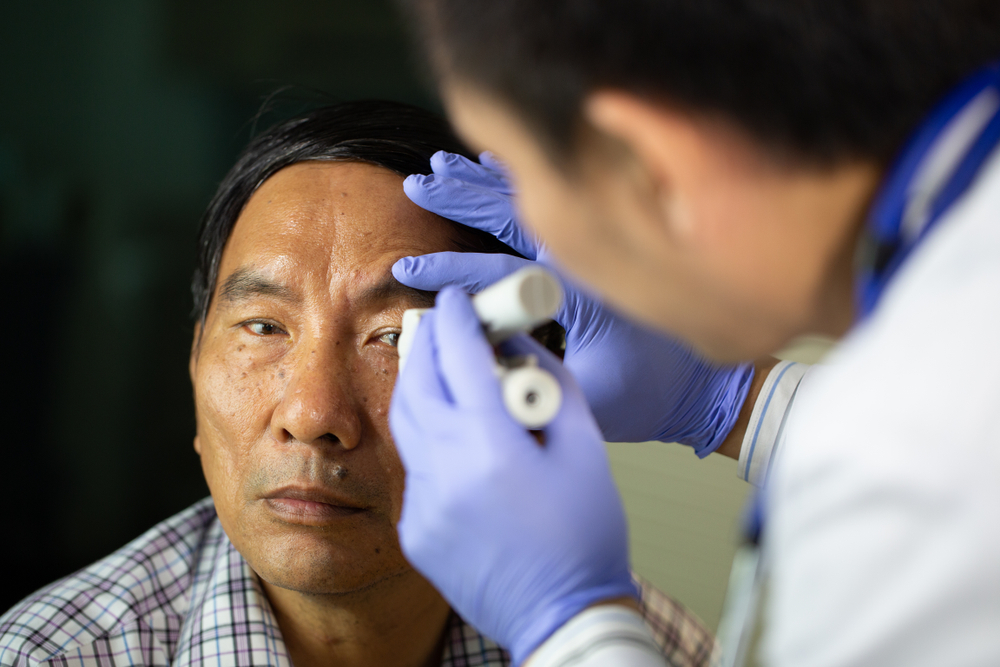
Age-related macular degeneration (AMD) is a leading cause of vision loss in adults over 50. AMD exists in two primary forms: dry AMD and wet AMD. While both types can impair vision, they differ significantly in progression, severity, and treatment approaches. Understanding these differences is essential for early detection and effective management.
What Is Dry AMD?
Dry AMD accounts for the majority of AMD cases. It develops gradually and is caused by the thinning of the macula over time. Small yellow deposits called drusen accumulate beneath the retina, slowly interfering with central vision.
While there is currently no cure for dry AMD, optometrists focus on slowing its progression and supporting visual health:
• Nutritional Supplements: The AREDS2 formula (containing vitamins C and E, zinc, copper, lutein, and zeaxanthin) has been shown to reduce the risk of advanced AMD in some patients.
• Lifestyle Modifications: Quitting smoking, eating a diet rich in leafy greens and omega-3 fatty acids, and protecting the eyes from UV light can help maintain macular health.
• Low Vision Aids: Magnifiers and adaptive technology can assist patients with daily tasks as vision changes.
Understanding Wet AMD
Wet AMD is less common but more severe and rapidly progressing. It occurs when abnormal blood vessels grow under the retina and leak fluid or blood, leading to sudden vision loss.
Unlike dry AMD, wet AMD often requires more aggressive, targeted treatments, typically coordinated between optometrists and retinal specialists:
• Anti-VEGF Injections: These medications block vascular endothelial growth factor (VEGF), a protein that promotes abnormal blood vessel growth. Regular intravitreal injections can slow or even reverse vision loss in many cases.
• Photodynamic Therapy (PDT): A light-activated drug is used to destroy abnormal blood vessels in the retina.
• Laser Therapy: Though less common now, laser treatments may be used to seal leaking blood vessels.
The Importance of Early Detection
Because AMD can progress silently, regular comprehensive eye exams are crucial - especially for individuals over 50 or with a family history of the condition. Our optometrists monitor retinal health closely and refer patients to retinal specialists when needed for advanced treatments.
Symptoms that may warrant immediate evaluation include:
• Blurred or distorted central vision
• Difficulty reading or recognizing faces
• Straight lines appearing wavy (a symptom of wet AMD)
Stay Ahead of AMD at Diamond Bar Optometric
Although dry and wet AMD share a name and affect the same area of the eye, they require very different treatment strategies. Dry AMD is typically managed with lifestyle changes and monitoring, while wet AMD demands immediate medical intervention to preserve vision. Early detection through regular eye exams plays a vital role in managing both types and preventing irreversible vision loss.
If you're over 50 or have concerns about AMD, schedule a comprehensive eye exam with Diamond Bar Optometric today. Visit our office in Diamond Bar, California, or call (909) 861-4999 to book an appointment.





